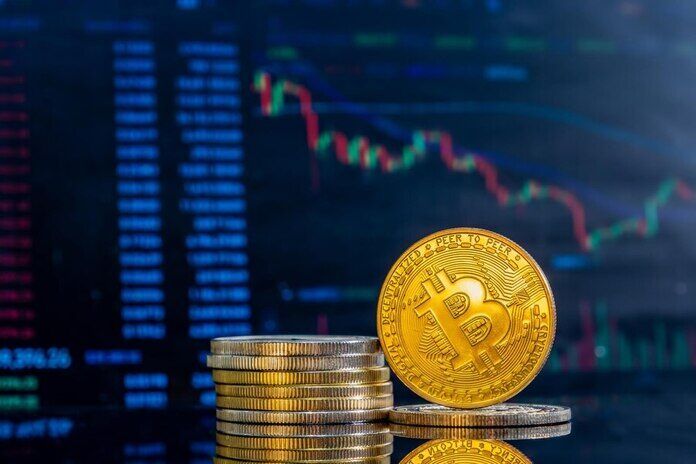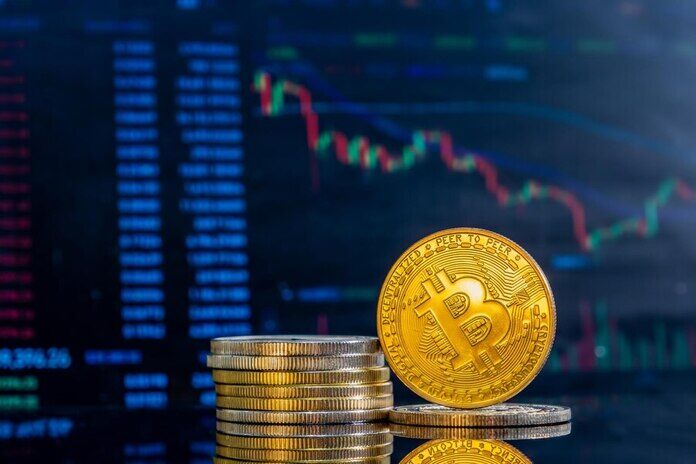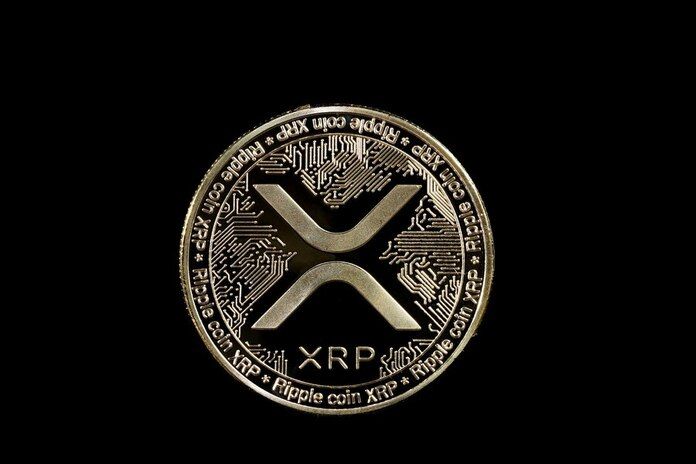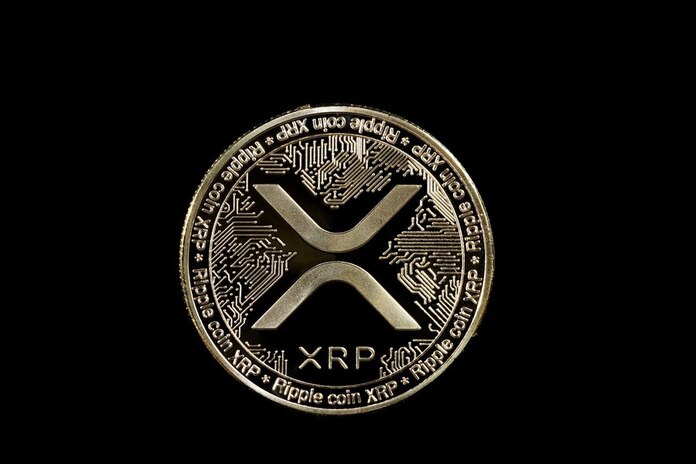Ethereum ETFs Hit $21.8B in First Year of Trading

The rise of Ethereum ETFs marks a significant milestone in crypto’s march toward mainstream financial acceptance. A year after their Wall Street debut on July 23, 2024, nine U.S.-based Ethereum exchange-traded funds now collectively hold over 5.73 million ETH—equivalent to approximately $21.8 billion.
This growth reflects a sharp reversal from their early rocky start, when funds like Grayscale Ethereum Trust (OTC:ETHE) saw major outflows. Today, the narrative has flipped: institutional appetite for Ethereum is not only back—it’s booming.
From Early Outflows to Massive Inflows
Initially, Ethereum ETFs faced challenges. Grayscale’s ETHE, converting from a trust to an ETF, offloaded nearly $4.3 billion in ETH, sparking industry-wide outflows. Despite this rocky transition, ETHE remains the second-largest Ethereum ETF by holdings, showcasing the resilience of investor confidence.
Leading the pack is BlackRock’s Ethereum ETF (NASDAQ:ETHA), which holds a staggering 3,018,770 ETH, worth just over $11.47 billion. Since launch, ETHA has attracted $9.06 billion in net inflows—far surpassing its peers and underscoring BlackRock’s sway in the crypto investment market.
Grayscale’s ETHE follows with 1,129,021 ETH, valued at approximately $4.29 billion, while Fidelity’s Ethereum ETF (NYSE:FETH) rounds out the top three with 684,874 ETH worth around $2.6 billion.
Smaller Ethereum ETFs Add to the Surge
Beyond the top players, smaller funds are steadily contributing to the ETH accumulation. Grayscale’s Ethereum Mini Trust adds another 666,074 ETH ($2.53 billion), while Bitwise Ethereum ETF (NYSE:ETHW) holds 138,264 ETH ($525.8 million).
VanEck’s ETHV manages 56,748 ETH worth $215.8 million, and Franklin Templeton’s EZET ETF (NYSE:EZET) adds 20,122 ETH valued at $76.5 million.
Meanwhile, 21Shares’ CETH ETF and Invesco Galaxy’s QETH (NASDAQ:QETH) hold 10,491 ETH and 10,074 ETH respectively—valued at just under $40 million each. In total, the nine Ethereum ETFs now control 4.75% of ETH’s circulating supply, which currently sits at around 120.7 million coins.
Ethereum ETFs Fuel Broader Market Momentum
The recent surge in Ethereum ETF holdings is part of a larger trend: institutions and crypto firms are quietly stacking ETH. Publicly traded Bitmine Immersion Technologies (OTC:BMNR) holds 625,000 ETH, while Sharplink Gaming (NASDAQ:SBET) holds 449,276 ETH—further demonstrating the growing appetite for the asset outside the ETF space.
While these companies are not ETFs, they provide investors with indirect exposure to Ethereum, acting almost like crypto treasury proxies. As ETH gains institutional favor, its scarcity may increase, pushing prices higher and drawing even more interest from asset managers.
What’s Driving the Ethereum ETF Demand?
Several factors are fueling the renewed momentum in Ethereum ETFs:
Regulatory Clarity: The SEC’s recent greenlighting of ETH-based ETFs has provided confidence to institutional investors wary of unclear crypto policy.
Institutional Adoption: Firms like BlackRock, Fidelity, and VanEck lend credibility to Ethereum as an investable asset class.
ETH 2.0 and Staking: With Ethereum’s shift to proof-of-stake, ETH offers passive yield potential—making it attractive for long-term investors.
Macro Trends: In a high-inflation environment, crypto is once again being eyed as an alternative asset class with asymmetric upside.
Conclusion
In just one year, Ethereum ETFs have gone from a shaky launch to controlling nearly 5% of the ETH supply. With more than $21.8 billion in total assets under management, they’re becoming a crucial part of Ethereum’s market dynamics.
As traditional institutions deepen their involvement in the crypto space and more firms allocate ETH to their balance sheets, these ETFs are likely to serve as a barometer for broader Ethereum adoption—and possibly, long-term price appreciation.
Featured Image: Freepik © fabrikasimf








